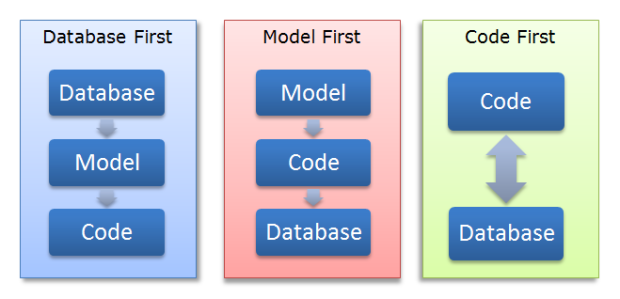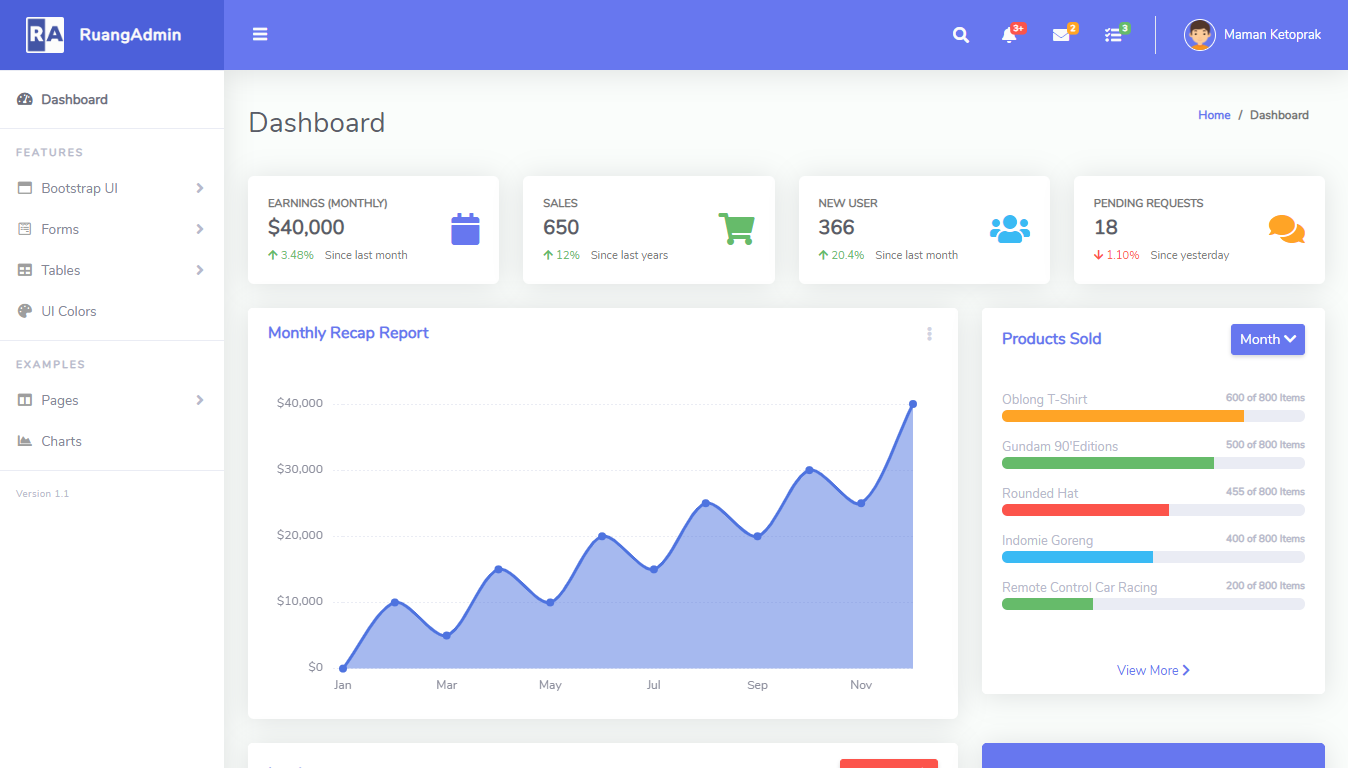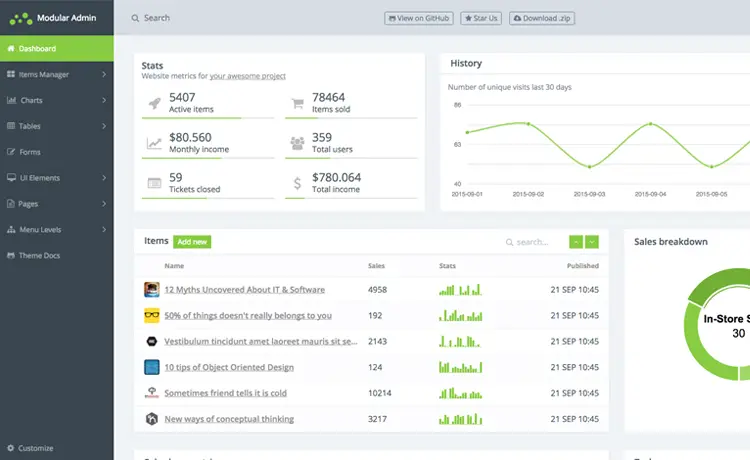How to use JsonDocument to read JSON in C#
By Tan Lee Published on Mar 06, 2025 519
Consider the following JSON object representing a book:
{
"title": "The Great Gatsby",
"author": "F. Scott Fitzgerald",
"year": 1925,
"genres": ["Fiction", "Classic", "Literature"]
}If you're only interested in the book's title, you can use JsonDocument to read the JSON string and extract the title value without deserializing the entire structure:
using System.Text.Json;
string json = /* your JSON string here */;
using (var jsonDoc = JsonDocument.Parse(json))
{
JsonElement title = jsonDoc.RootElement.GetProperty("title");
Console.WriteLine($"Book title = {title.GetString()}");
}Output:
Book title = The Great Gatsby
How to use JsonDocument in C#?
Check if a Property Exists
When using JsonElement.GetProperty(), a KeyNotFoundException is thrown if the property doesn't exist. To check for a property without throwing an exception, use TryGetProperty():
using (var jsonDoc = JsonDocument.Parse(json))
{
if (jsonDoc.RootElement.TryGetProperty("year", out JsonElement year))
{
Console.WriteLine($"Year property exists and has int value = {year.GetInt32()}");
}
}Output:
Year property exists and has int value = 1925
Loop Through a JSON Object’s Properties
To loop through a JSON object's properties, use EnumerateObject().
For example, let's loop through the properties of the book JSON:
using (var jsonDoc = JsonDocument.Parse(json))
{
foreach (var property in jsonDoc.RootElement.EnumerateObject())
{
Console.WriteLine($"{property.Name} ValueKind={property.Value.ValueKind} Value={property.Value}");
}
}Output:
title ValueKind=String Value=The Great Gatsby author ValueKind=String Value=F. Scott Fitzgerald year ValueKind=Number Value=1925 genres ValueKind=Array Value=[]
Loop Through a JSON Array
To loop through the values in a JSON array, use EnumerateArray().
For example, if you want to loop through and print the genres of the book:
using (var jsonDoc = JsonDocument.Parse(json))
{
JsonElement genres = jsonDoc.RootElement.GetProperty("genres");
foreach (var genre in genres.EnumerateArray())
{
Console.WriteLine($"Genre: {genre.GetString()}");
}
}Output:
Genre: Fiction Genre: Classic Genre: Literature
Deserialize a Nested Object
You can also extract a nested object using GetProperty() and then deserialize it into a specific type.
Consider a more complex JSON structure where you want to extract and deserialize information about the author:
{
"title": "The Great Gatsby",
"author": {
"name": "F. Scott Fitzgerald",
"birthYear": 1896
},
"year": 1925
}Using JsonDocument, you can extract the author details like this:
using (var jsonDoc = JsonDocument.Parse(json))
{
var authorElement = jsonDoc.RootElement.GetProperty("author");
var author = authorElement.Deserialize<Author>(jsonOptions);
Console.WriteLine($"Author: {author.Name}, Birth Year: {author.BirthYear}");
}This would return an Author object with the appropriate values.
This revised example illustrates how to utilize JsonDocument to read JSON data effectively in C#, using a book-related JSON structure.
- Structured Data using FoxLearn.JsonLd
- Breadcrumb (BreadcrumbList) structured data
- Article (Article, NewsArticle, BlogPosting) structured data
- Building Dynamic Structured Data with JSON-LD in ASP.NET Core
- Serialize and Deserialize a Multidimensional Array in JSON using C#
- JSON object contains a trailing comma at the end which is not supported
- How to use JsonExtensionData in C#
- Serialize a tuple to JSON in C#





